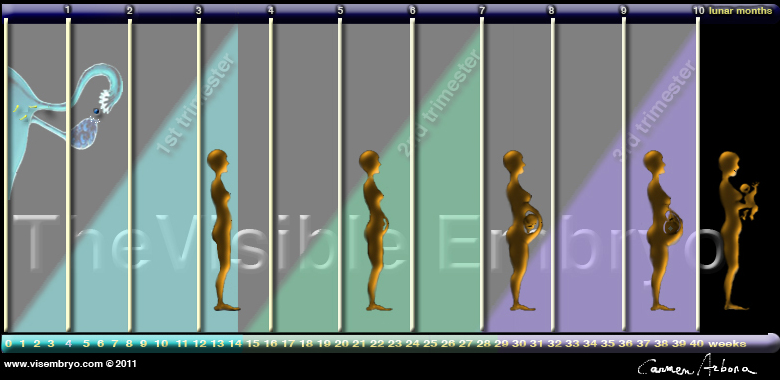|
|
Developmental Biology - Epigenetics
Heavy Drinking Changes DNA
A vicious cycle of epigenetic gene changes might reinforce binge drinking...
Binge and heavy drinking may trigger long-lasting gene changes, resulting in an even greater craving for alcohol — according to a Rutgers-led study in the journal Alcoholism: Clinical & Experimental Research.
"We found people who drink heavily may be changing their DNA in a way that makes them crave alcohol even more. This may help explain why alcoholism is such a powerful addiction — and may one day contribute to new ways to treat alcoholism or help prevent at-risk people from becoming addicted."
Dipak K. Sarkar, Director, Endocrine Program, Center for Alcohol Studies, Department of Animal Sciences, Rutgers University-New Brunswick, New Jersey, USA.
In 2016, more than 3 million people died from the harmful use of alcohol, according a World Health Organization report. That is 5 percent of all global deaths. More than three-quarters of alcohol-caused deaths are among men. Harmful use of alcohol also caused 5.1 percent of the worldwide toll of disease and injuries.
Rutgers and Yale University School of Medicine scientists focused on two genes:
• PER2 - influencing the body's biological clock
• POMC - regulates our stress-response system
By comparing groups of moderate, binge and heavy drinkers, research found binge and heavy drinkers' PER2 and POMC genes added mythyl groups to their DNA strands — a process called methylation — which reduced their ability to create proteins. These changes worsened with increased alcohol drinking.
In one experiment, drinkers watched stress-related, neutral as well as alcohol laden images; then they were given containers of beer. After tasting the beer, their motivation to drink more was evaluated. The result: alcohol-fueled changes in genes of binge and heavy drinkers were associated with a greater desire for more alcohol.
According to Dipak Sarkar, these findings may eventually assist in identifying biomarkers - proteins or modified genes - that might predict an individual's risk for binge or heavy drinking.
Abstract
Background
Epigenetic modifications of a gene have been shown to play a role in maintaining a long-lasting change in gene expression. We hypothesize that alcohol's modulating effect on DNA methylation on certain genes in blood is evident in binge and heavy alcohol drinkers and is associated with alcohol motivation.
Methods
Methylation-specific polymerase chain reaction (PCR) assays were used to measure changes in gene methylation of period 2 (PER2) and proopiomelanocortin (POMC) genes in peripheral blood samples collected from nonsmoking moderate, nonbinging, binge, and heavy social drinkers who participated in a 3-day behavioral alcohol motivation experiment of imagery exposure to either stress, neutral, or alcohol-related cues, 1 per day, presented on consecutive days in counterbalanced order. Following imagery exposure on each day, subjects were exposed to discrete alcoholic beer cues followed by an alcohol taste test (ATT) to assess behavioral motivation. Quantitative real-time PCR was used to measure gene expression of PER2 and POMC gene levels in blood samples across samples.
Results
In the sample of moderate, binge, and heavy drinkers, we found increased methylation of the PER2 and POMC DNA, reduced expression of these genes in the blood samples of the binge and heavy drinkers relative to the moderate, nonbinge drinkers. Increased PER2 and POMC DNA methylation was also significantly predictive of both increased levels of subjective alcohol craving immediately following imagery (p < 0.0001), and with presentation of the alcohol (2 beers) (p < 0.0001) prior to the ATT, as well as with alcohol amount consumed during the ATT (p < 0.003).
Conclusions
These data establish significant association between binge or heavy levels of alcohol drinking and elevated levels of methylation and reduced levels of expression of POMC and PER2 genes. Furthermore, elevated methylation of POMC and PER2 genes is associated with greater subjective and behavioral motivation for alcohol.
Authors
Omkaram Gangisetty Rajita Sinha and Dipak K. Sarkar.
Acknowledgements
This work was supported by the National Institutes of Health. Grant Numbers: U24 AA014811, 5R37 AA08757, R01-AA013892
Return to top of page
| |
|
Feb 4, 2019 Fetal Timeline Maternal Timeline News News Archive
 Through the epigenetic process of methylation, alcohol stimulates the attachment of methyl groups to two genes that intensify a drinker's desire to consume more alcohol.
|



